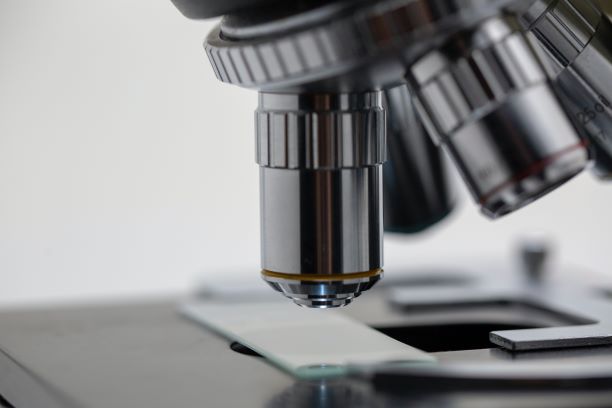
What is a mature oocyte?
In the ovary, there are structures known as follicles that contain the oocytes or ova. When a patient undergoes in vitro fertilisation (IVF) treatment, ovarian reserve is one of the most relevant pieces of data and it is evaluated by means of an antral follicle count (follicles that are capable of responding to hormones during stimulation cycle). This information is essential in predicting the number of oocytes we will obtain following ovarian stimulation. Following an ultrasound scan and hormone level checks, the gynaecologist decides when ovulation should be triggered in the patient.
Ovarian puncture is carried out on the day scheduled for ovulation. During the procedure, previously-stimulated follicles are aspired and the total number of oocytes is obtained. The oocyte is retrieved from a complex called oocyte-corona-cumulus made up of granulosa cells, or cells that sustain the oocyte itself.
In order for a spermatozoon to fertilise an oocyte, it needs to have gone through a number of changes that favour so-called oocyte maturity. These changes are essential since only mature oocytes can be fertilised.
Classic IVF or ICSI
The process that the oocytes undergo varies depending on the fertilisation technique used: conventional IVF or ICSI (intracytoplasmic sperm injection). In conventional IVF, the oocyte-corona-cumulus is inseminated directly using sperm that has previously been processed by simulating the natural process in the fallopian tubes. In this case, oocyte maturity is unknown because the granulosa cells that cover it make it impossible to obtain detailed information under the microscope.
When the ICSI technique is used, oocytes are freed from the granulosa cells that cover them and this means that the embryologist is able to assess oocyte maturity under the microscope. In mature oocytes, there is a structure known as the polar body. This structure tells us that the oocyte has reached the nuclear maturation stage but is does not provide us with information on the degree of cytoplasmic maturity, a factor that is equally as important.
It should be pointed out that the fact that an oocyte is mature (presence of a polar body) does not mean that it will be fertilised. It is simply a candidate because fertilisation depends upon a wide range of factors such as oocyte and/or semen quality.
IT MAY ALSO BE OF INTEREST TO YOU
- What can we see in ultrasound scans: follicles or oocytes?
- How many eggs on average are donated on an Egg Donation treatment at Instituto Bernabeu?
- Accumulation of oocytes in patients with a low response.
- Why is fresh egg donation better than frozen?
